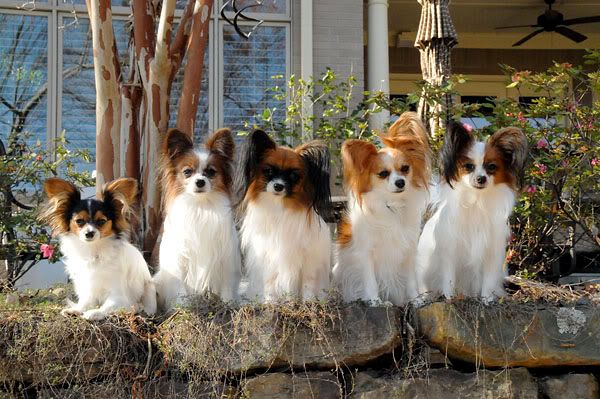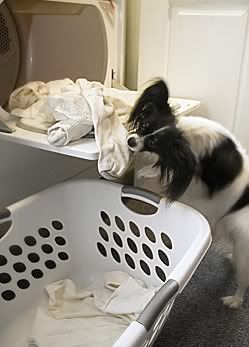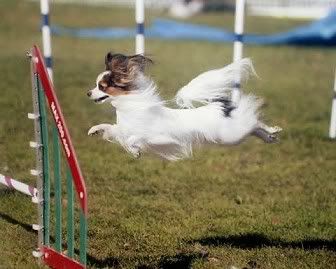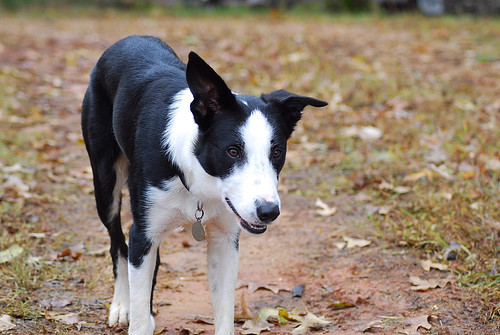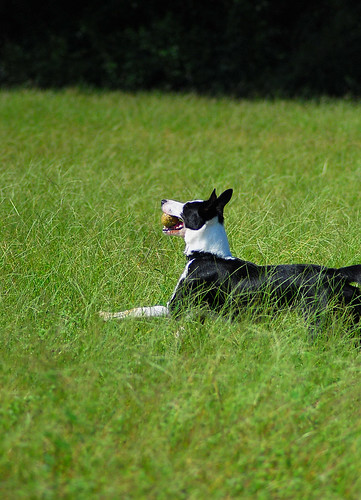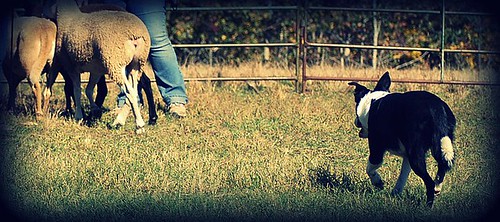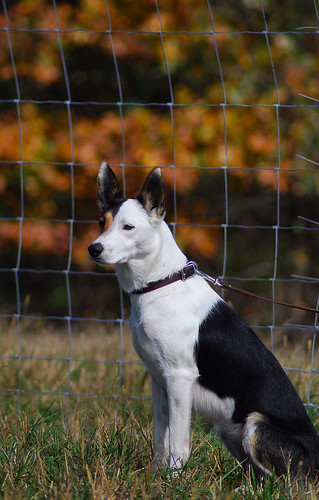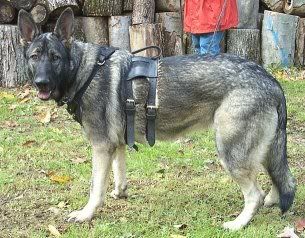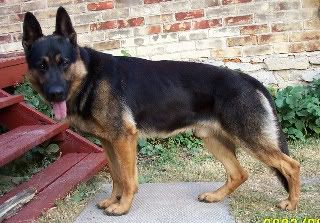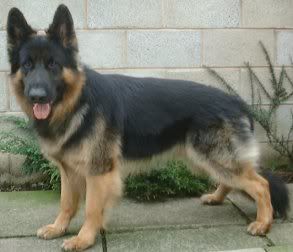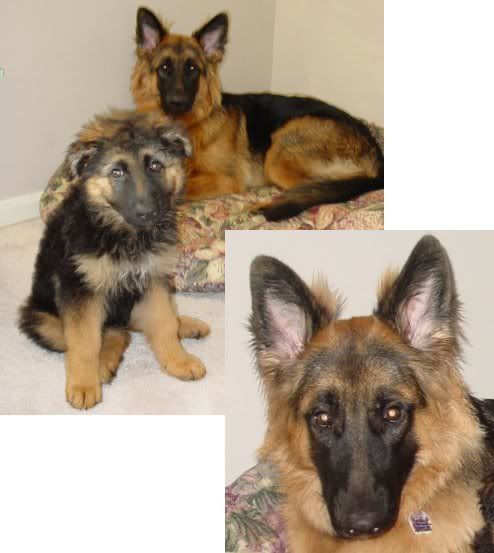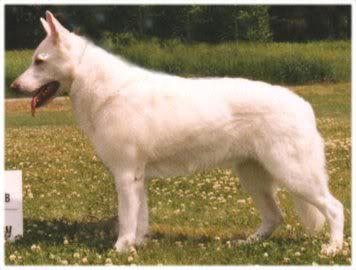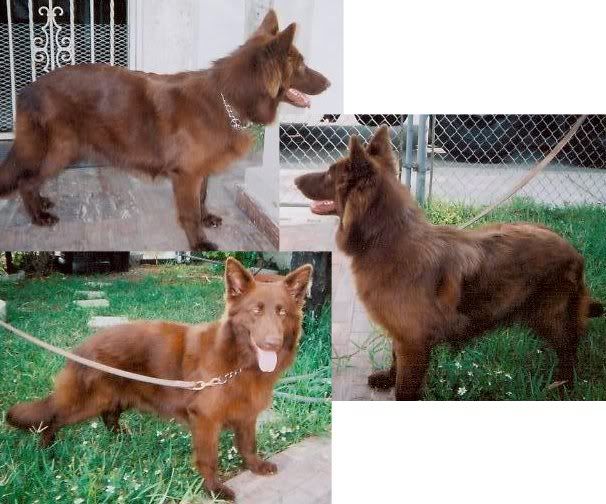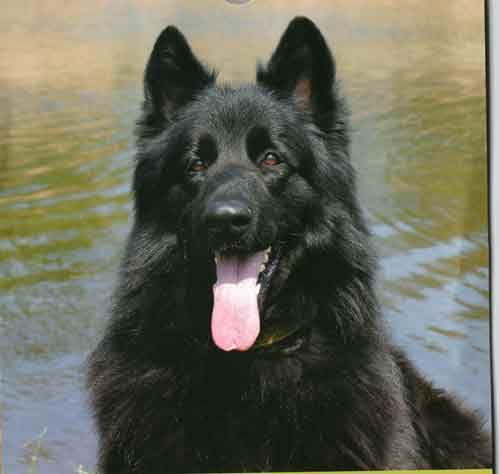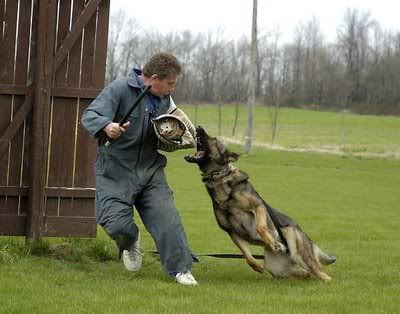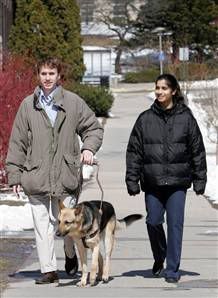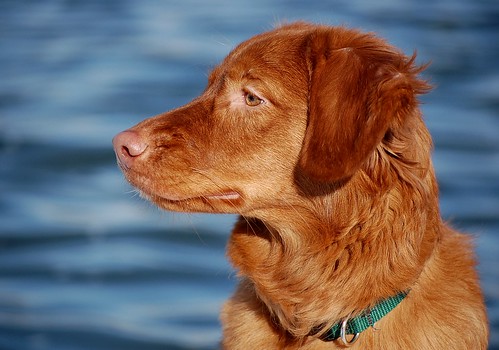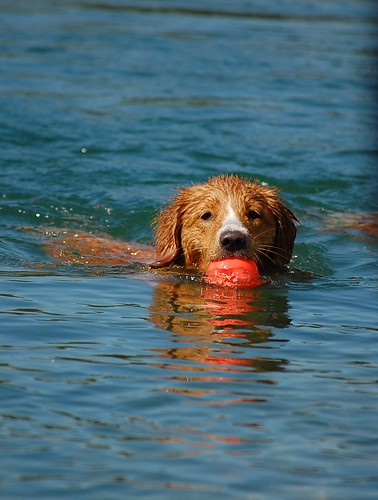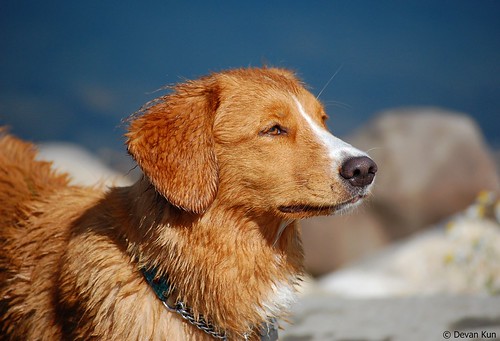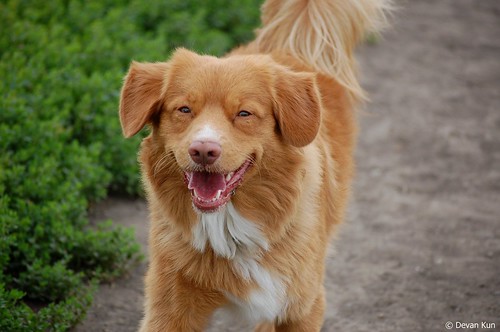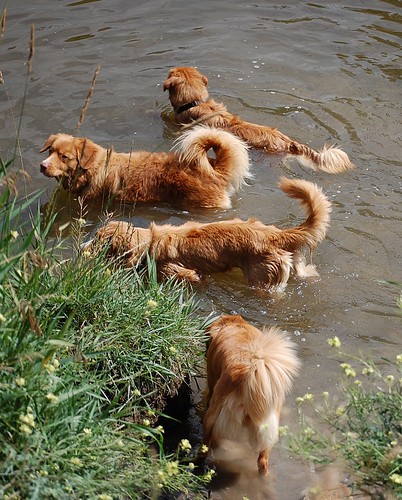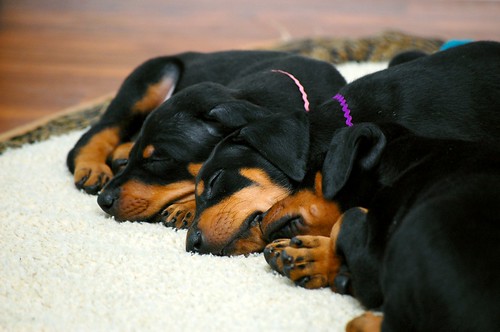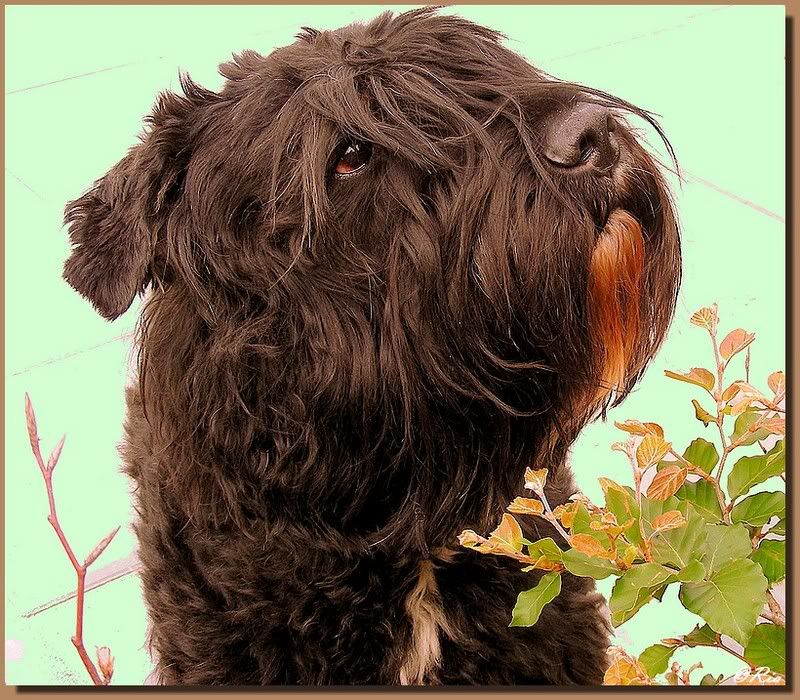PEMBROKE WELSH CORGI
GENERAL DESCRIPTION: Originally a cattle dog, they're very confident. Considered a medium dog, they're short because they are a dwarf breed. Ancestry is somewhat unknown, but likely there's spitz ancestry.
acceptable colors: Red, sable, fawn, black and tan with or without white markings.
White is allowed on legs, chest, neck (either in part or as a collar). muzzle, underparts and as a narrow blaze on head.
Blue, fawn, "whitely" (predominantly white with colored markings), mismarks and fluffies are serious faults.
Temperament: They should never be shy. Shyness is disqualifying. They shouldn't be aggressive, but defensiveness/guardiness isn't at all uncommon. They've got a bit of tenacity and are absolute clowns.
Height: 10-12 inches
Weight: Males, about 27 pounds, females about 25 pounds.
Health Problems: The current list of health top health concerns is:
Hip dysplasia
Eye problems: progressive retinal atrophy, retinal folds, persistent pupilarily membranes, cataracts
Cancer and autoimmune system problems (including underactive and overactive immune systems)
Reproductive problems: uterine inertia during whelping, sterility in males (related to autoimmune problems?)
Degenerative Myelopathy is also becoming a serious concern
Exercise: Moderate. They tend to do better with multiple shorter sessions than one long one.
Life Expectancy: About 15 years
Grooming: Moderate brushing. They have an undercoat, so there is seasonal shedding - and often quite a lot.

What to look for in a breeder: Same stuff as with any breed - health testing, proving the dog's in some venue, knowledge of the breed, contracts, ongoing support.
Ideal living conditions: Indoors with a yard. They don't handle extreme temperatures well (hot or cold), so need to have sufficient shelter from those.
"Ideal" owner: ME!

Someone who will appreciate the antics, someone who is good at keeping food out of reach, someone who doesn't mind vacuuming, someone who will train their dog - pemmies are way to smart and way too cunning to go without training. Someone who will spend time interacting with the dog - they live to be the center of attention, and will cause trouble if needed to get that attention.
Trainability: High. They're typically a very food motivated dog, which certainly helps. They're very intelligent. But they're not the typical "yes ma'am" type of herding breed. There's spitz ancestry, so expect some independence and creativity. They don't do well with repetitive training - they figure things out quickly and will then move on to figuring out how to not do it if it's repeated. They do enjoy putting their own spin on things, so when training, it helps to keep a sense of humor.
Other traits: (good with kids, cats, other dogs, pets, strangers.... likes the cold, likes the heat... activies/sports the breed does well in)
Some can be quite vocal, but not all are. Good with older kids. I would be hesitant to recommend them for someone with young kids. They can be good with cats if raised with them or taught how to behave. They do tend to be mouthy. They're usually
very outgoing with strangers.
They've done well in obedience, agility, tracking and herding.
Useful links for those who want to own/know more about this breed:
(good breeders, breed info sites, clubs, etc..)
PWCCA - Pembroke Welsh Corgi Club of America, Inc. oh and no worries if "your" breed has already been mentioned, because the more info we have on each, the better.. and everyone has something different to add! oh and please add as much as you can, i think it will be a great resource for those looking for a dog
oh and no worries if "your" breed has already been mentioned, because the more info we have on each, the better.. and everyone has something different to add! oh and please add as much as you can, i think it will be a great resource for those looking for a dog  opcorn:
opcorn:



